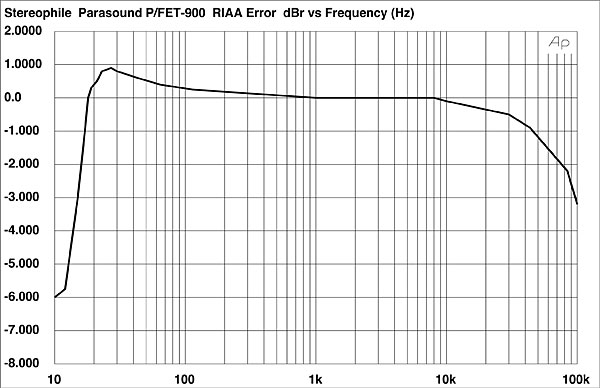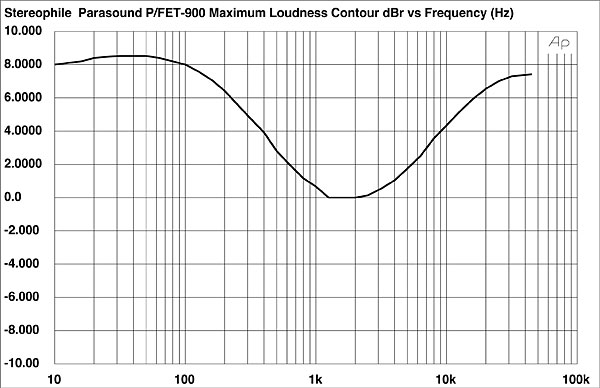| Columns Retired Columns & Blogs |
... a John Curl design - or did he become associated with Parasound at a later date?
Who knew that WIMA made polystyrene film capacitors - and in a 3.3µF value, no less?
30 years ago, and with a budget of about $500 for a preamp, I'd have also wanted to compare the Onkyo P-304, the NAD 1300 and the Hafler DH-110.








































